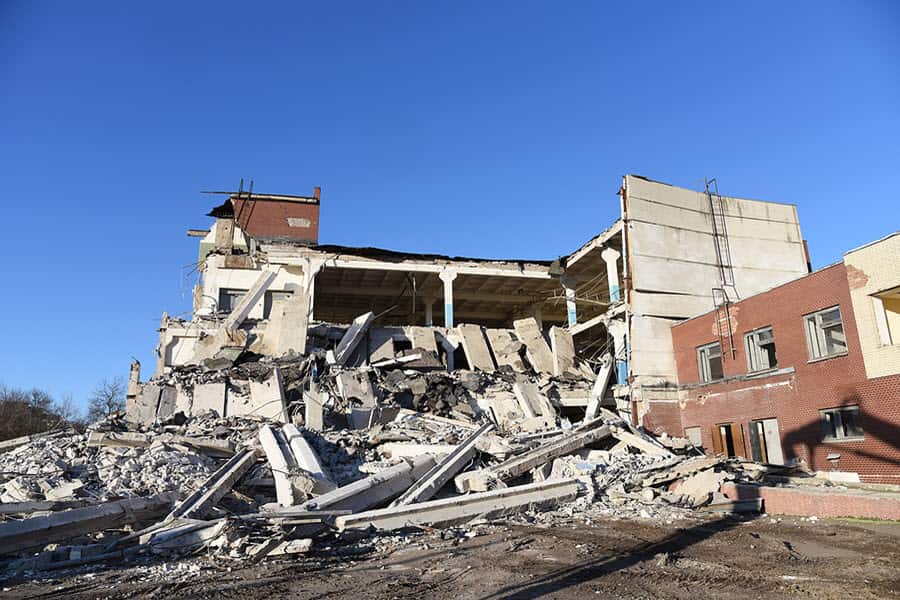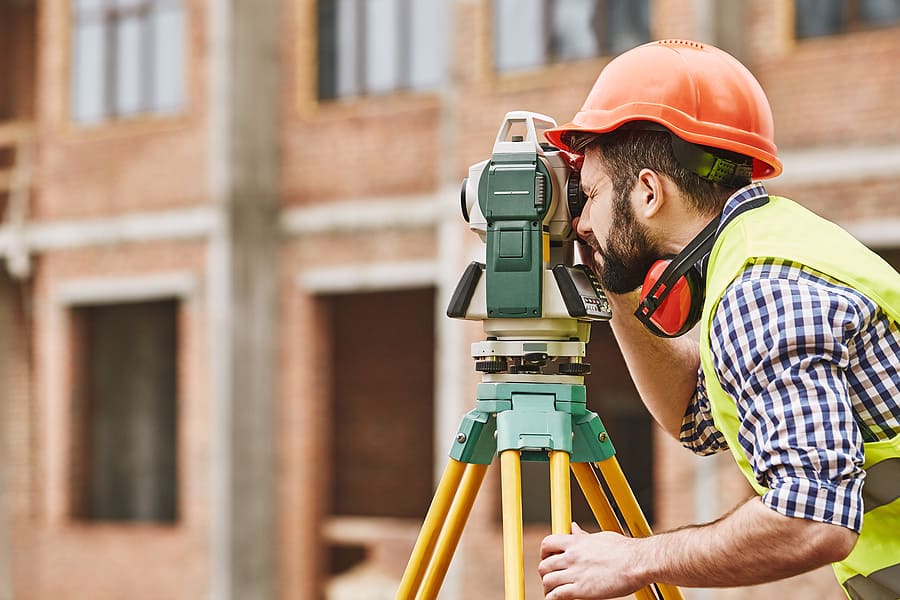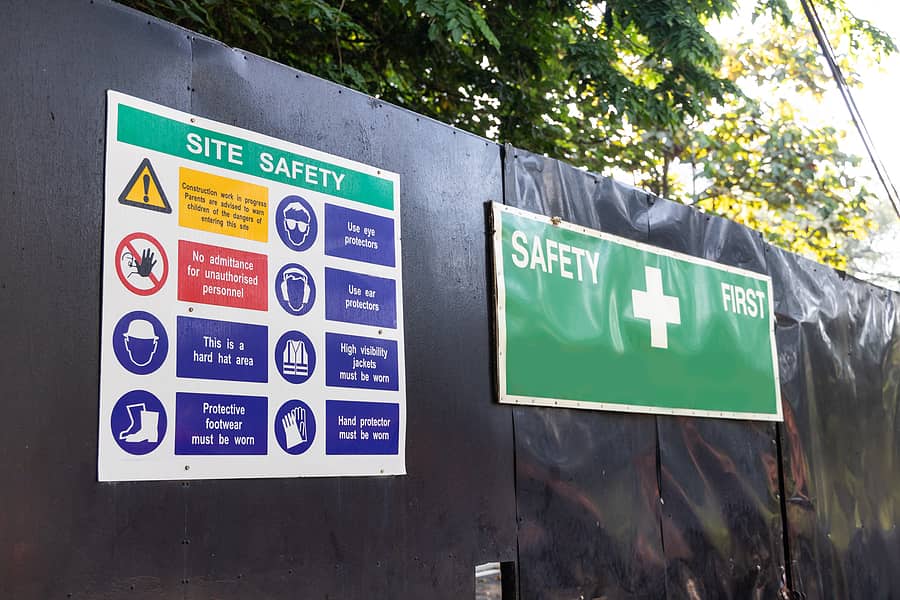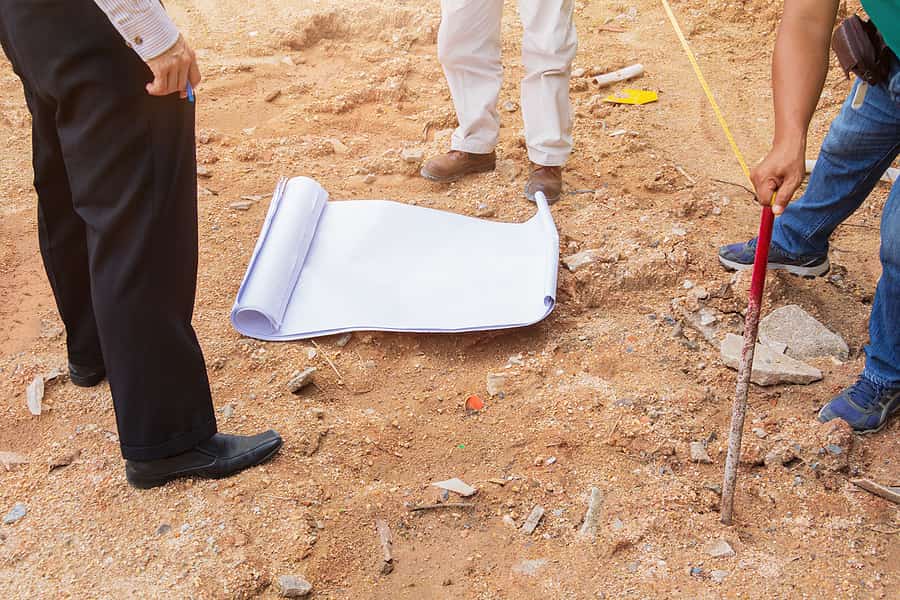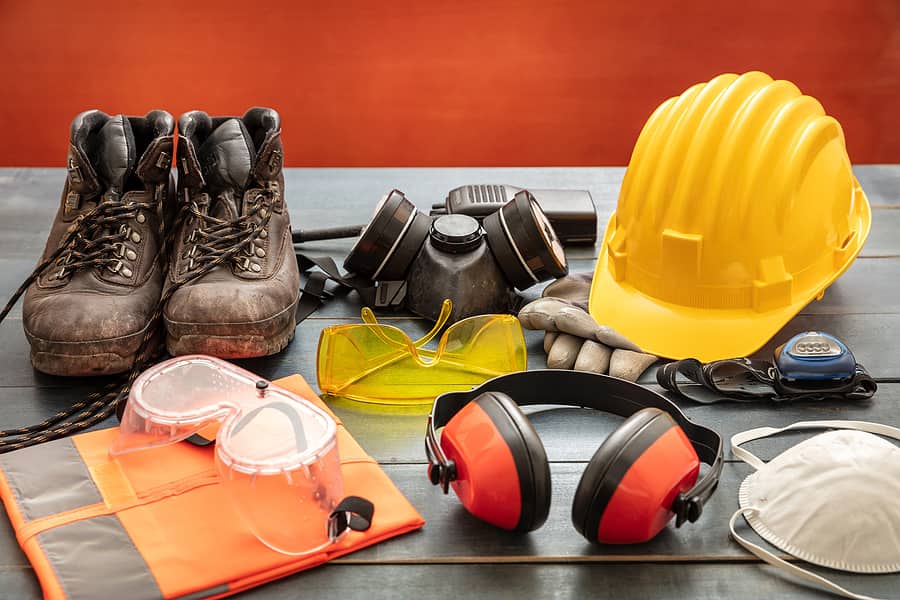Demolition
Every building features a lifespan which is understood as its ‘design life. An architect will design a building with perhaps a lifetime of 80 -100 years. When it’s reached the top of its lifetime , it’d become dangerous for habitation or to the adjacent buildings around it. Other reasons are that new ones replace old structures. The structure has lost its stability, or it’s going to have structural damage.
Building Demolition Process
Surveying of Buildings for Demolition
A demolition survey (formerly a kind 3 Survey) is required before any demolition to either all or a part of a building.So it’s administered as a requirement under the development (Design and Management) Regulations and as stated within the guidance for Regulation 4 on top of things of Asbestos Regulations 2012 (CAR 2012).
This, however, is one among the primary steps for the duty holder to suits the HSE for Regulation 4 ‘The Management of Asbestos in Non-Domestic Premises’ of the Control of Asbestos Regulations 2012 (CAR 2012). therefore the demolition survey needn’t necessarily cover the entire property. it’s often better to focus on the survey at the precise works which can be undertaken.
So The survey are going to be fully intrusive and involve destructive inspection, as necessary, to realize access to all or any areas, including people who could also be difficult to access.
The Building Surveying process looks at the subsequent areas:
- Types of construction material used usage of building prior and present during destruction.
• So The presence of wastewater, hazardous materials, matters arising from toxic chemicals, flammable or explosive and radioactive materials, etc.
• This Drainage conditions and possible problems on pollution , flooding and erosion.
• Shared facilities with adjoining building, including common staircases, partition walls.
• So Adjoining pedestrian and vehicle traffic conditions the sensitivity of neighbourhood with reference to noise, dust, vibration and traffic impact.
Safety Measures during Demolition of Building Structures
Health and Safety may be a priority on all demolition sites within the UK. We’ve taken it to subsequent level with our site zone Proximity Warning System.
So There are multiple considerations that require to be made before machines and workers step onto the demolition site. Below we list our top 10 tips for staying safe on This site.
- Be Asbestos Aware
- Personal Protective Equipment (PPE) Must Be Worn
- ReventAccidents with Training, Qualification and knowledge
- So Monitor Noise, Vibration and mud
- So A Clean Site may be a Safe Site
- Manage Traffic Movement
- Risk Assessment and Method Statements are Essential
- So remember of Proximity to Plant
- Maintain a Stream of Communication and Encourage Feedback
- So Manage Waste Disposal

